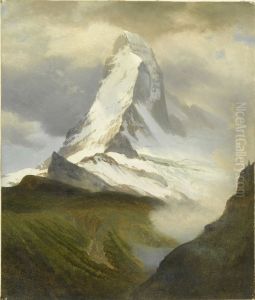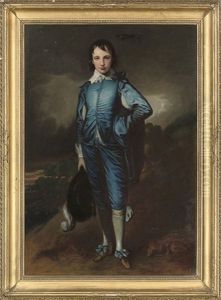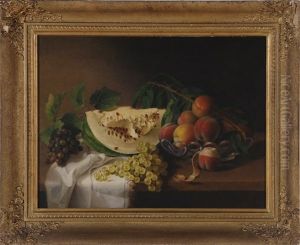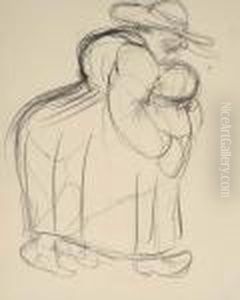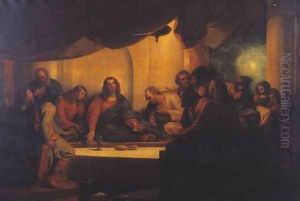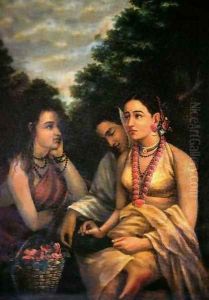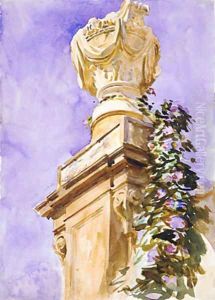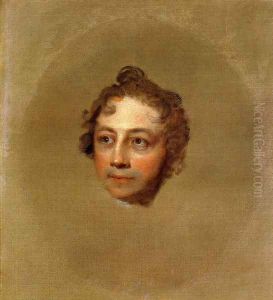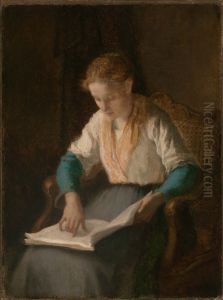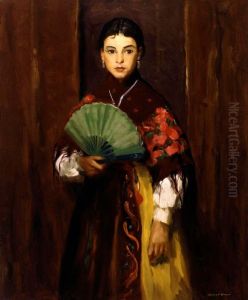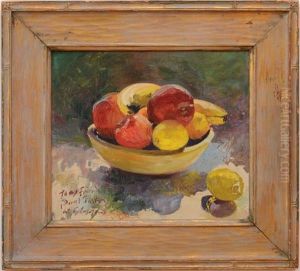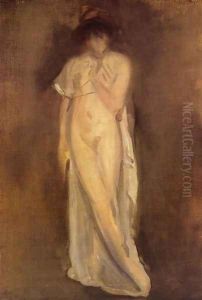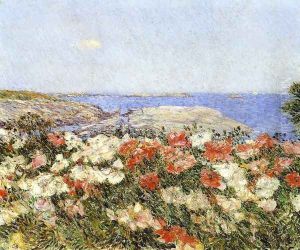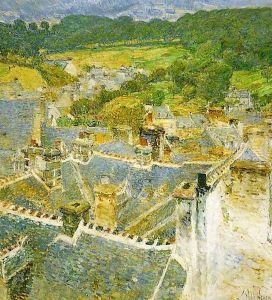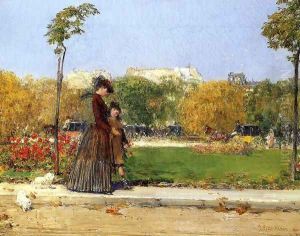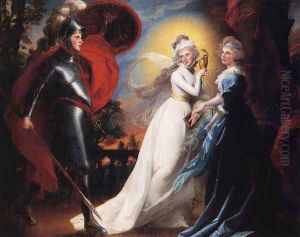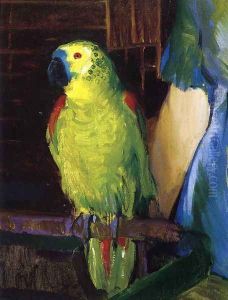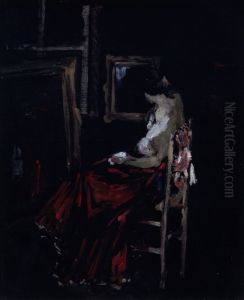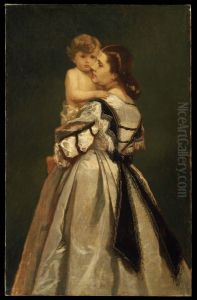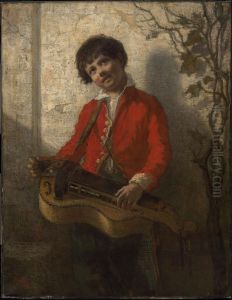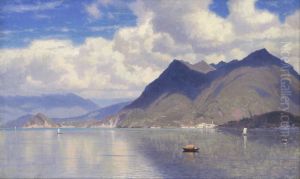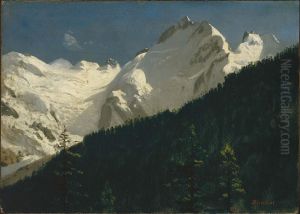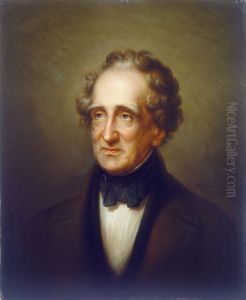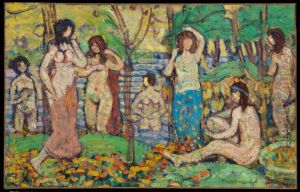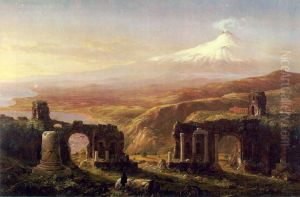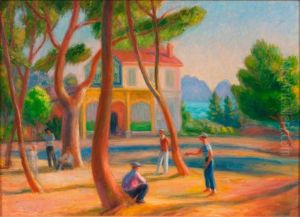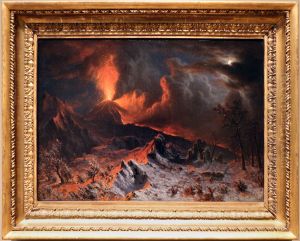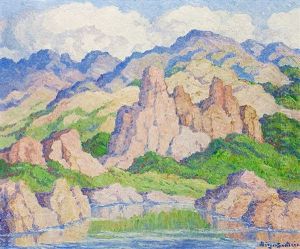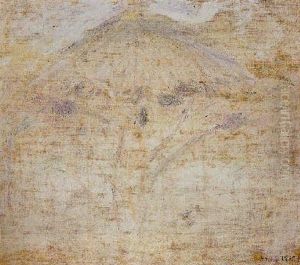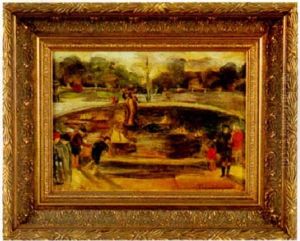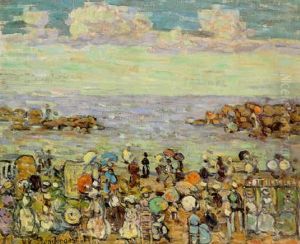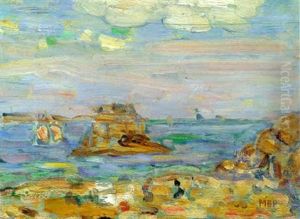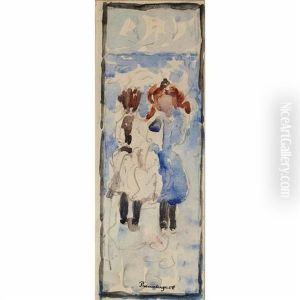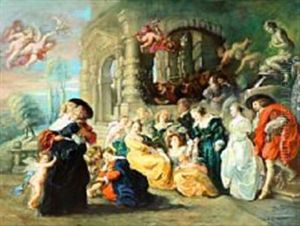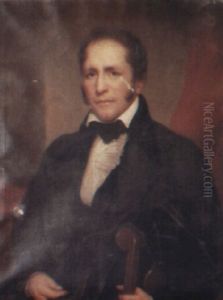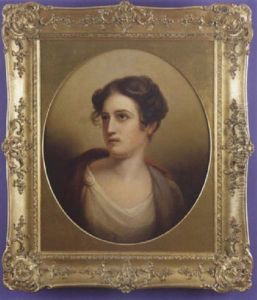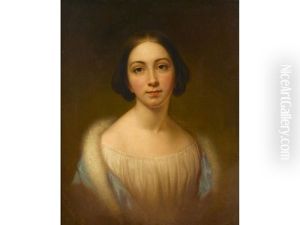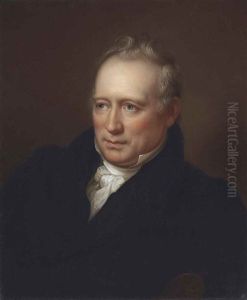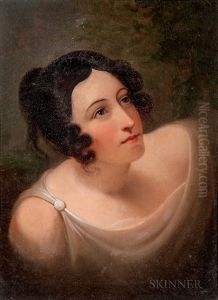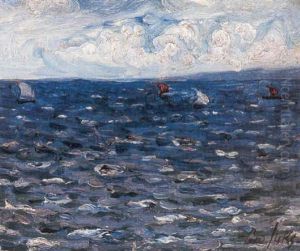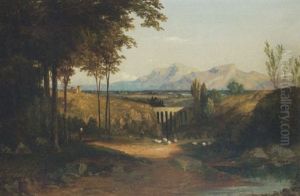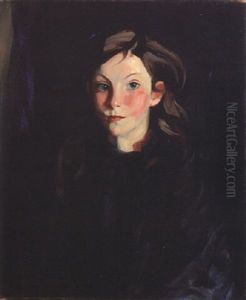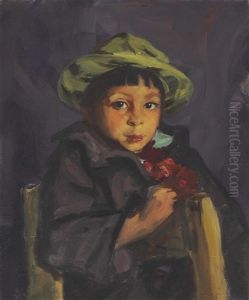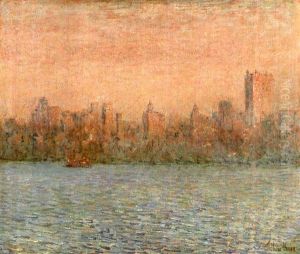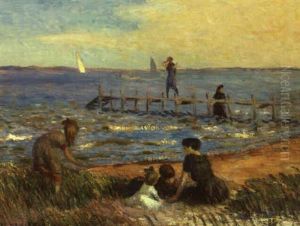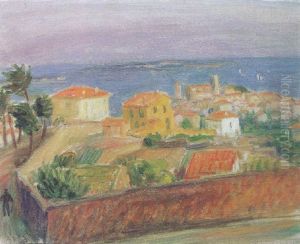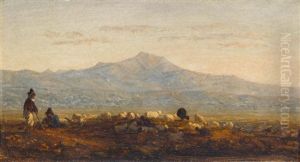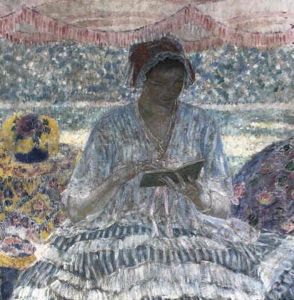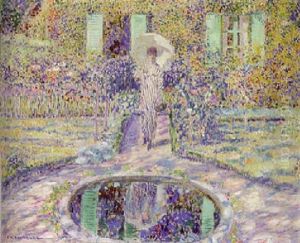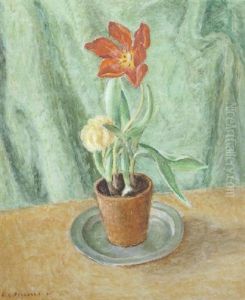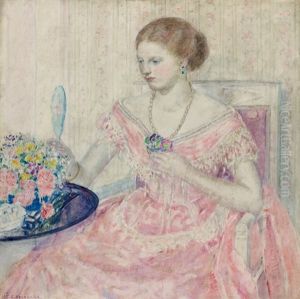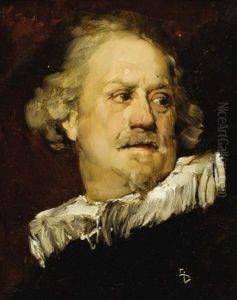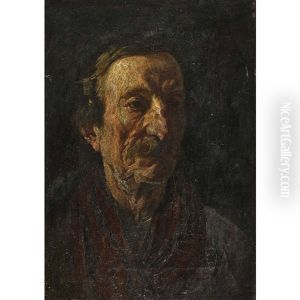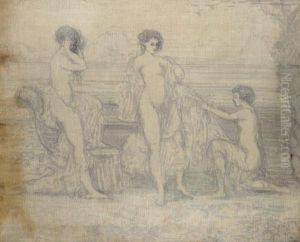Influence Of European Art Paintings
The EnduringInfluence of European Arton Global Culture
European art stands as a monumental pillar in the history of human creativity, its impact reverberating across continents and through centuries. From the classical antiquity of Greece and Rome to the groundbreaking movements of the 20th century, the Influence of European Art has profoundly shaped aesthetic principles, artistic techniques, and cultural narratives worldwide. This rich heritage encompasses a vast spectrum of styles, from the spiritual depth of the Renaissance and the dramatic flair of the Baroque to the luminous innovations of Impressionism and the revolutionary abstraction of Modernism. Each era introduced new ways of seeing, interpreting, and representing the world, establishing a visual language that continues to inspire and inform.
The journey of European art is one of continuous evolution and innovation. The Renaissance, for instance, re-established principles of perspective, anatomy, and humanism, laying foundational elements for subsequent artistic development. The Baroque period brought dynamic movement and intense emotion, while the Enlightenment fostered Neoclassicism's return to order and reason. Later, Romanticism championed individual expression, and the Impressionists revolutionized the depiction of light and color. These diverse artistic movements, driven by master painters and sculptors, not only reflected their contemporary societies but also set precedents for future generations of artists globally, influencing everything from academic training to avant-garde experimentation.
Beyond its geographical origins, the reach of European art is truly global. Its aesthetic principles, narrative structures, and technical innovations were disseminated through colonialism, trade, and cultural exchange, inspiring and sometimes transforming indigenous art forms in Asia, Africa, and the Americas. Art academies worldwide adopted European models, and countless artists from non-European backgrounds traveled to cultural centers like Paris, Rome, and London to study and absorb these traditions. This cross-cultural dialogue led to new syntheses, demonstrating the adaptability and pervasive nature of European artistic thought. The legacy is evident in countless public collections and private galleries, where masterpieces continue to captivate and educate.
Today, the timeless appeal and profound historical significance of European art remain undiminished. Exploring the works of iconic figures such as Leonardo da Vinci, Rembrandt, Vermeer, Monet, and Van Gogh offers a window into the human condition and the evolution of artistic expression. Owning a meticulously crafted reproduction of these classic oil paintings allows enthusiasts to bring a piece of this extraordinary heritage into their own space. Each reproduction is a testament to the enduring beauty and the lasting impact of these masterpieces, providing an intimate connection to the rich tapestry of art history and the profound cultural legacy of European artistic traditions.
